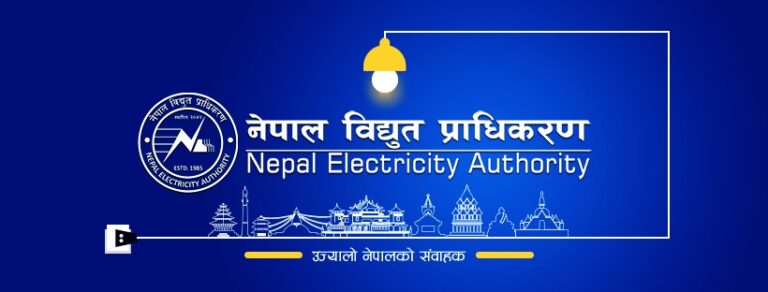
The Nepal Electricity Authority (NEA) has proposed a reciprocal seasonal power exchange with the Indian state of Bihar, in which surplus electricity is exported during the rainy season and needed power is imported during the winter.
After the power generated by the 456 MW Upper Tamakoshi and other private sector hydropower projects was wasted during the rainy season, the power utility proposed a reciprocal seasonal power exchange with Bihar State Power Holding Company.
Electricity has been exchanged between Nepal and India since 1971. It has been proposed, according to NEA Managing Director Kul Man Ghising, to send power from Nepal to Bihar for six months during the rainy season and to bring electricity from there for six months during the winter and dry seasons.
“The proposal is to provide 200 MW 24 hours a day during the monsoon season from 11 pm to 6 am and import the same amount of electricity from Bihar during winter. If there is a difference between the quantity export from Nepal in the rainy season and the quantity import from India in winter, the price of electricity will be fixed through an appropriate method,” said Ghising.
“If such an arrangement is implemented, our surplus electricity can be supplied to India in the rainy season and in the next few years it can be brought from India, which is insufficient in the winter. A concrete decision will be taken in a few days,” he said.
According to Ghising, about 700 million units of surplus energy in the remaining three months of this year and 3.79 billion units of energy will be given to Bihar from next year. The same amount of electricity can be imported to meet the shortfall during winter.
He added that doing so would help utilize a significant amount of electricity wasted during the rainy season. At present, up to 371 MW of electricity can be exchanged from 33 and 132 KV transmission line infrastructure connected to Bihar.
NEA informed that electricity can be provided to North Bihar Power Distribution Company from Kataiya, Raxaul, Dhalkebar-Muzaffarpur and Ramnagar points round the clock. A team of NEA led by Ghising had gone to India to discuss the sale of electricity.
The team met Sanjeev Hans, chairman and managing director of Bihar State Power Holding, in Patna, India on Thursday and discussed and presented a proposal on power exchange.
In addition, detailed discussions were held with Indian officials on the number and status of PPA signed projects with installed capacity, electricity demand and supply situation, potential for electricity trade between the two countries and condition of transmission infrastructure connected to India, NEA said.
NEA has so far signed PPA of 6,176 MW with 346 projects. Out of this, 111 projects have been completed and are in operation. The installed capacity of the projects is 1,300 MW. A total of 136 projects with an installed capacity of 3,034 MW are under construction. About 99 projects with a capacity of 1,841 MW are in the process of financial management, NEA said.






